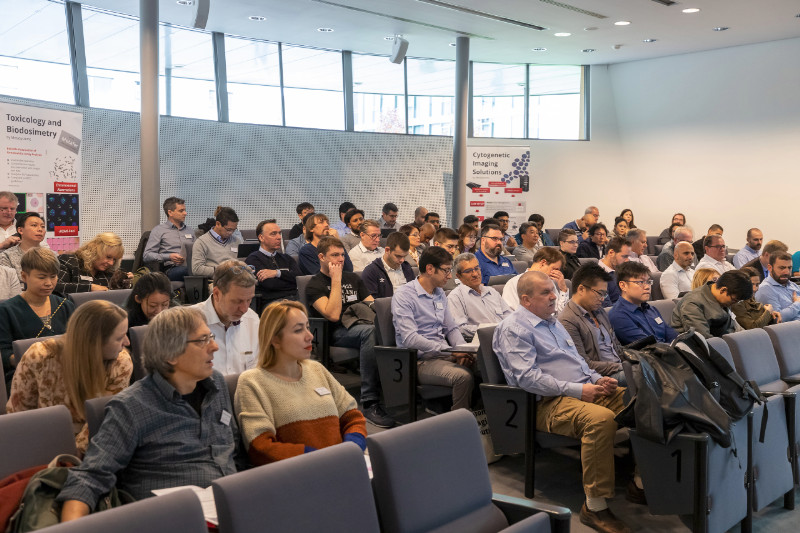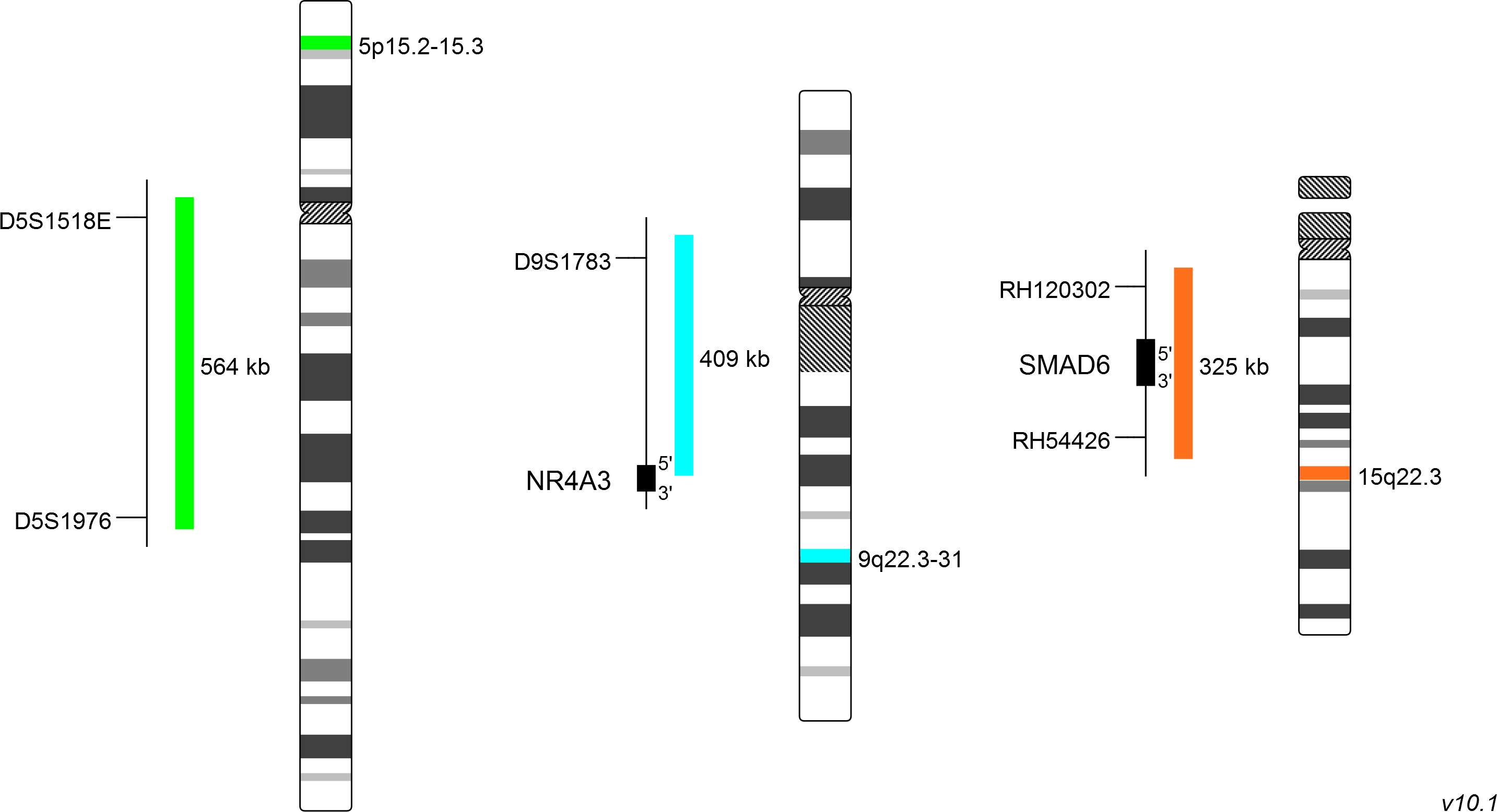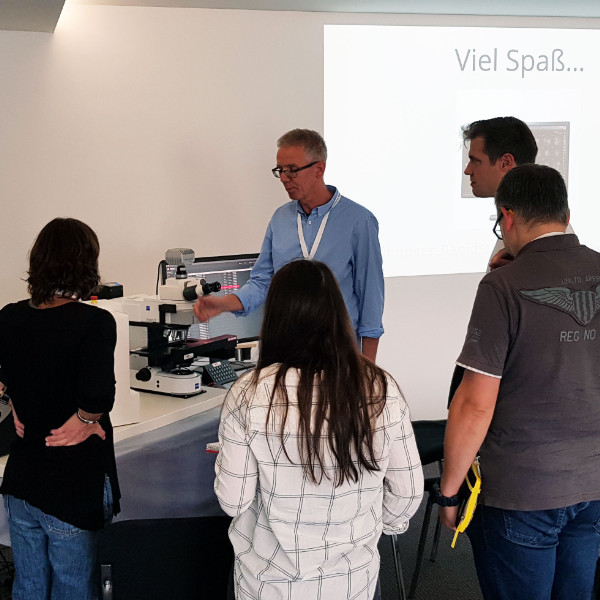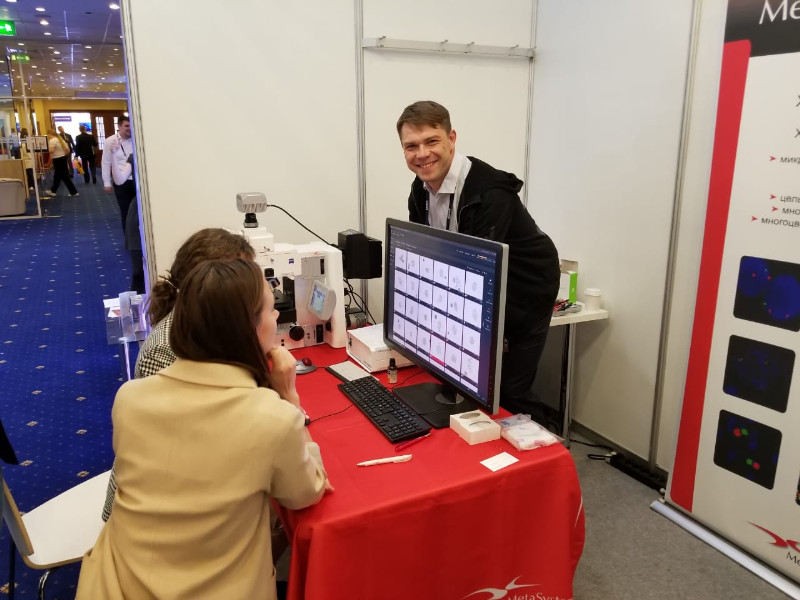About 100 guests from 36 countries met on the XVIII. MetaSystems Distributor Meeting (DM) in November to exchange experiences and to get to know new trends and developments at MetaSystems.

Our internet site may contain information that is not approved in all countries or regions. To ensure accuracy of content, please select your country/region of residence. Choose International if your country is not listed.
This information will be saved using cookies. To find out more about cookies, read our Privacy Policy.
Please select your country of residence. Choose International if your country is not listed.
Our internet site may contain information that is not approved in all countries or regions. To ensure accuracy of content, it is required that you select the site which is appropriate for your country of residence.
This probe is IVDR-certified in compliance with the Regulation (EU) 2017/746 on in vitro diagnostic medical devices (IVDR).
MetaSystems Probes has already certified a large part of its portfolio, according to IVDR. For organizational reasons, we currently provide only the IVDD product.

XL 5p15/9q22/15q22 Hyperdiploidy consists of a green-labeled probe hybridizing to a region at 5p15.2-15.3, an aqua-labeled probe hybridizing to a region at 9q22.3-31 and an orange-labeled probe hybridizing to the SMAD6 gene region at 15q22.3.
Probe maps are created in accordance with the intended purpose of the product. Solid colored bars do not necessarily indicate that the probe fully covers the indicated genomic region. Therefore, caution is advised when interpreting results generated through off-label use. Probe map details based on UCSC Genome Browser GRCh37/hg19. Map components not to scale. Further information is available on request.
In multiple myeloma (MM) pathogenesis, hyperdiploidy and non-hyperdiploidy are recognized as two major cytogenetic pathways. The hyperdiploid group is characterized by gains of the odd chromosomes 3, 5, 7, 9, 11, 15, 19, and 21. Hyperdiploidy has been internationally defined and requires trisomy for at least 2 of the 3 chromosomes 5, 9, and 15.
Patients with hyperdiploid MM, which can be observed in 50-60% of MM patients, tend to have a better prognosis than those with a non-hyperdiploid subtype.

Normal Cell:
Two green (2G), two orange (2O), and two blue (2B) signals.

Aberrant Cell:
Three green (3G), two blue (2B) and three orange (3O) signals, indicating hyperdiploidy.

Aberrant Cell:
Three orange (3O), two green (2G) and three blue (3B) signals, indicating hyperdiploidy.

Aberrant Cell:
Three green (3G), three blue (3B) and two orange (2O) signals, indicating hyperdiploidy.
Certificate of Analysis (CoA)
or go to CoA DatabaseNeon, the outstanding MetaSystems case and image management system, offers many tools and helpful gadgets to streamline routine workflows, for example in cytogenetics labs. The second MetaSystems User Day, addressed to MetaSystems clients from Germany, Austria, and Switzerland, provided in different workshops knowledge helping to unleash the full power of the system.

The Congress 'Genetics of XXI Century' in Moscow, Russia (May 2019) has been one of the most important events for the professional international community of geneticists. Our partner company in Russia OOO MetaSystems considered it a good occasion to present the new camera CoolCube 4 connected to a state-of-the-art Neon system to the public.
